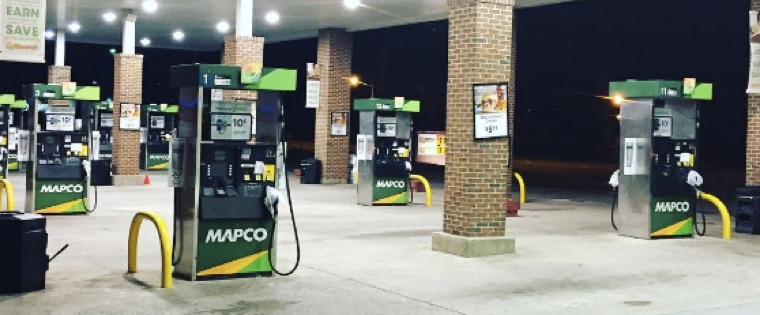When you see customers backed up to purchase a commodity at a small business, you might think it is a good thing for the seller. But despite an initial spike in sales or pricing, no one benefits. Not the small business, not the customer, not anyone along the supply chain. You can see this phenomenon playing out in the southeastern United States today.
Starting late Friday (September 17-18, 2016), cities and towns across the south have seen long lines of autos backed up at gas stations, their drivers desperate for fuel to fill their tanks, creating something that appears like a scene out of the 1973 oil crisis.
Why is there panic buying of gasoline, even when there’s plenty of fuel?
The answer might appear obvious to those who have heard that a pipeline leak in Alabama has caused its owners, Colonial Pipeline, to shut it down for repairs. In Tennessee and other southern states, governors responded to the closure by declaring state emergencies and taking measures they believed would keep fuel flowing.
But the long lines in many locations are not being caused by an actual shortage of fuel. The lines back up due to a phenomenon social scientists called, “behavioral confirmation,” a form of self-fulfilling prophecy. It occurs when media and government officials warn that fuel shortages might happen. Responding to the warnings, drivers rush out and get all the gas they can. This rush causes the shortage because the drivers break their typical patterns of buying and all rush out to buy at once. (It’s similar to runs on milk and bread when the weather service predicts a blizzard.)
Ironically, the company with the pipeline break doesn’t even regularly supply Tennessee, one of the states with panic buying shortages, according to Emily Leroy, executive director of the Tennessee Fuel and Convenience Store Association.
Why no one benefits when customers panic-buy a commodity

No gas means no customers purchasing the items inside where most of the sales and profits are generated.
The gas stations owners and their customers would all be better off had they limited purchases to a few gallons rather than going into hoarding mode. However, many human traits lead most of us to get as much as we can as fast as we can of a scarce product we perceive crucial.
Unfortunately for the retailer, often a small business owner, when the pumps are empty, consumers are not purchasing snacks or getting car washes where most of the store’s profits come from. They are merely time-shifting gas purchasing–they aren’t buying any more than normal. As soon as the pipeline starts flowing and people see no more lines at pumps, equilibrium in the supply and demand of gasoline will quickly come back into balance.
